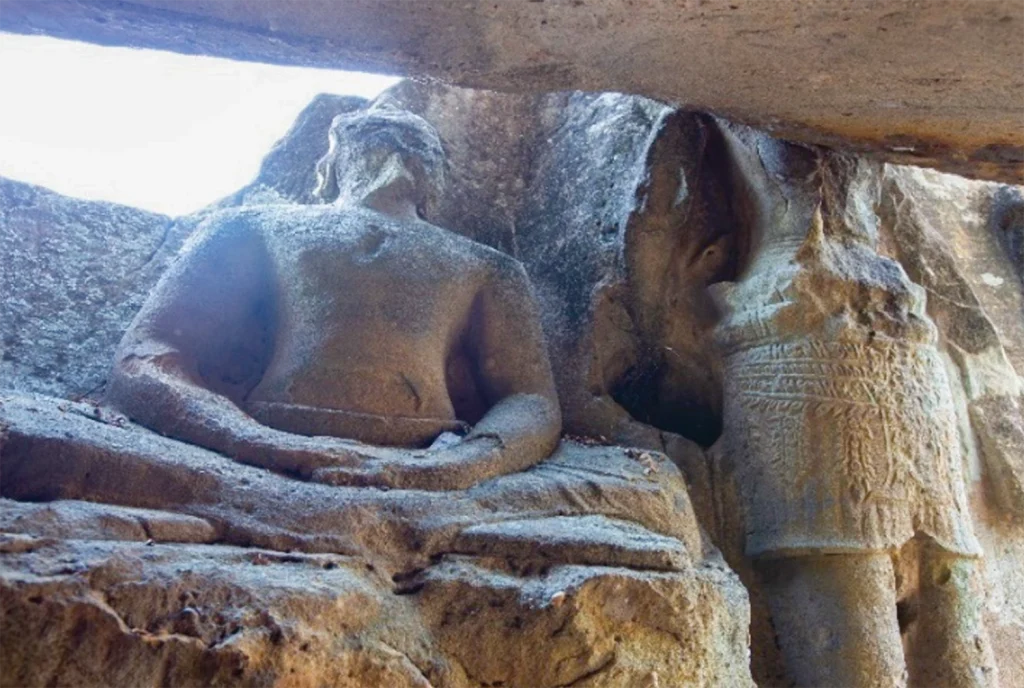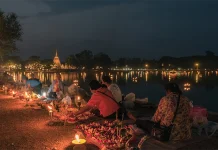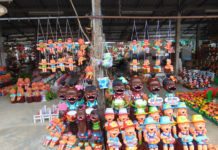In a landmark decision, UNESCO has officially designated Phu Phrabat Historical Park in Udon Thani, Thailand, as a World Heritage Site. Announced during the 46th World Heritage Committee session in New Delhi from 21 to 31 July 2024, this recognition underscores Phu Phrabat’s status as “a testimony to the Sīma stone tradition of the Dvaravati period.”
This prestigious accolade elevates Phu Phrabat to Thailand’s eighth World Heritage Site and its fifth cultural site, joining notable locations such as the Historic City of Ayutthaya, the Historic Town of Sukhothai and Associated Historic Towns, the Ban Chiang Archaeological Site, and the Ancient Town of Si Thep.

Minister of Culture Sudawan Wangsuphakitkosol lauded the announcement, highlighting Phu Phrabat’s new status as a beacon of Thailand’s rich heritage. The site is celebrated for its exceptionally well-preserved Sīma stone markers from the Dvaravati period (12th to 16th centuries AD). These markers, among the largest and most intact collections worldwide, not only illustrate the evolution of artistic styles but also demarcate sacred spaces of significant cultural importance.
“The recognition of Phu Phrabat Historical Park and Thailand’s cultural heritage site as a World Heritage Site is a profound affirmation of the grandeur of Thai culture and national prestige. This honour instils pride in the Thai people and significantly elevates the global recognition of Thailand’s cultural significance and potential,” Minister Sudawan Wangsuphakitkosol is quoted as saying in her statement.

Phu Phrabat’s World Heritage designation encompasses two main components: the Phu Phrabat Historical Park and the Sīma stone cultural site at Wat Phra Buddha Bua Ban, located about 12 kilometres west of Ban Phue District. This continuous cultural landscape is a testament to the enduring Sīma tradition, seamlessly blending ancient customs with the forest-dwelling monk practices that persist to this day.
The Sīma stone, or “Sīmā,” are boundary markers from the Dvaravati period in Southeast Asia, used to demarcate sacred spaces for Buddhist rituals. Typically rectangular or square, these inscribed stones define the limits of monastic areas and reflect the cultural and religious practices of the time. They are significant archaeological artifacts, offering insights into ancient Buddhist traditions and local craftsmanship.

TRAVEL NEWS
Japan’s Dual-Pricing Dilemma
Japan is grappling with an influx of tourists, driven by the weakened yen, prompting a controversial move by some businesses and attractions to implement dual-pricing systems that charge foreign visitors more than locals. This development has raised concerns about potential damage to Japan’s image as a high-end tourist destination.
>> Read more
To celebrate this honour, the Department of Fine Arts will offer free admission to Phu Phrabat Historical Park from 28 July to 12 August 2024. This initiative aims to invite both Thai and international visitors to experience and celebrate the site’s new World Heritage status. The Ministry of Culture remains dedicated to furthering the preservation and promotion of Thailand’s cultural treasures for future generations.












